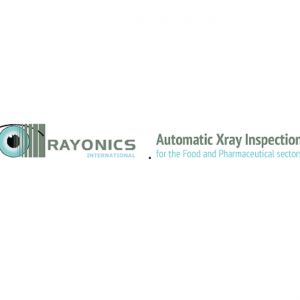How Do Food Safety Metal Detectors and X-Ray Inspection Systems Work and Which OPosted by Rayonics International on December 3rd, 2019 In order to remove or reduce hazards, food processors and manufacturers must, first, identify these hazards, define preventive controls for them and decide process parameters for these controls. Then, these control parameters must be implemented and monitored so that corrective actions can be taken on time and verify that the system is functioning adequately. This is recommended not just because it’s good for business reputation but it’s a government regulation - the Food Safety Modernization Act (FSMA) and Preventive Controls (PC) rule. Hazards can be in any form such as biological, chemical (including radiological), and physical. When it comes to addressing physical hazards, a manufacturer needs to eliminate contaminants like bone, metal fragments, stone, glass, wood, plastic, etc. This is where preventive controls such as metal detectors and X-ray inspection systems for food products are required. With this, several questions arise:
This article emphasizes on the answers to all such questions. Working of Metal Detectors for Food Metal detectors are the systems that can find small particles of non-ferrous and stainless steel with the aid of coils wound on a non-metallic frame that is connected to a high-frequency radio transmitter. When a metal piece or particle passes through the coils of a metal detector, a disturbance is created in the high-frequency field under one coil which leads to a change in the voltage by a few microvolts. The resultant output is then used to detect metal. Multiple transmit coils can be employed to produce a stronger magnetic field with much-improved sensitivity so that metal spheres up to 20% smaller in diameter can be easily and reliably detected. Working of X-ray Inspection System for Food X-rays are simply the light waves that we can’t see. They have a very short wavelength, which means high energy. As an X-ray penetrates the food product, it loses some of its energy. Since the contaminant will be denser, the energy of X-ray will reduce even further. Once the X-ray exits the food product, it reaches a sensor, which then converts the energy signal into an image of the interior of the food product. In the image, foreign matter appears as a darker shade of grey and thus, foreign contaminants such as stone in pickle jar can be identified easily. In short, X-ray inspection systems for food are based on the density of the product and contaminant. It is just a simple explanation of how a highly complex x-ray technology works. Metal Detection vs. X-Ray Inspection: Which is better?
Thus, an X-ray inspection system for food stands as one of the best equipment with optimum performance to eliminate food hazards and enhance the food safety. Like it? Share it!More by this author |


